Top 5 Travel Attractions of Volterra, Tuscany, Italy
Guest Post by Katie Greenaway
Volterra is a magnificent town to visit in the fall and winter when the fields have just been ploughed. The gorgeous views of this hill town are absolutely amazing. There are many attractions you are able explore in Volterra. Here are a few…
1) Piazza dei Priori is the central hub of the town, which houses the Palazzo dei Priori, Palazzo Pretorio and Palazzo del Podesta. Palazzo dei Priori with it’s powerful tower, is the oldest town hall in Tuscany. The town council still meets here. The Palazzo was built in 1208 and it was finished in 1257. The windows of the first floor were altered and the upper part of the tower was redone and modified in 1846.
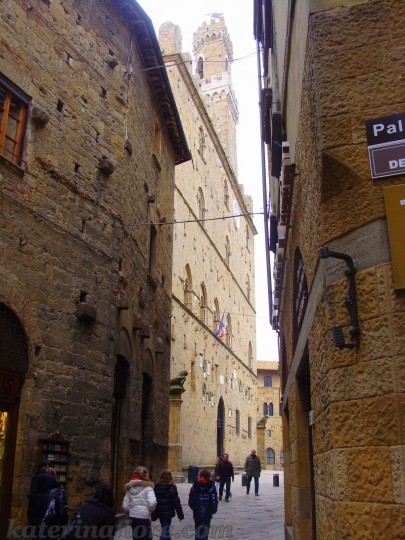
2) Basilica di Santa Maria Assunta is located in Piazza San Giovanni with a 12th-century facade Pisan style. The lower part of the church was updated in the 16th century. Adding three large windows and a doorway which was decorated in the lunette (little half-moon shape) with green and white marble. The tall square campanile dates back to 1493. The interior was rebuilt in the latter part of the 16th century, it has a Latin-cross plan with five chapels. The nave and aisles were divided by columns of painted stucco and capitals by Leonardo Ricciarelli.
3) The Roman theatre is located near the wooden gate, Porta Fiorentina, which was built at the end of the 1st century BC. It is one of the best preserved theatres in Italy. The excavations began in 1952 by Enrico Fiumi. He uncovered two tiers of Corinthian columns that are over 5 meters high. It was one of his best discoveries. Inside the theatre can also be seen the remains of the Roman baths. If it is closed or you don’t want to pay the fee, you can see the whole scene from the street above called Via Lungo le Mura del Mandorlo.
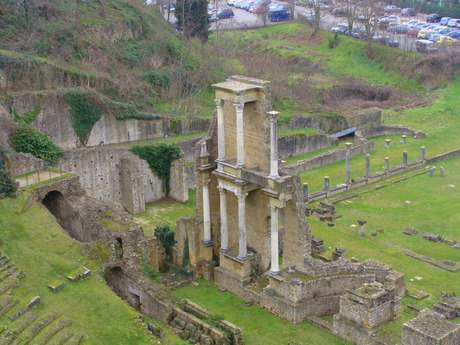
4) Via San Lino is part of the oldest district of town. The church of San Lino has unique paintings and lunettes of the life of Christ by Cosimo Daddi. The tomb of the founder of the church Raffaele Maffei was completed by Silvio Cosini and is located inside. Via San Lino ends in Piazza Inghirami. The Inghirami family still owns the church located in this piazza, church of San Dalmazio. Which has a Renaissance doorway that dates back to 1516 and an alter piece signed and dated by the artist in 1551, a local painter, Giovan Paolo Rossetti.
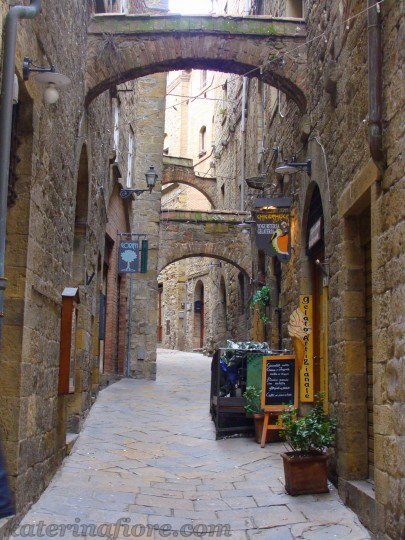
5) The Etruscan gate or Porta all’Arco, sits behind Piazza San Giovanni and the baptistery. It was used as the main entrance to the town. It dates back to the 3rd and 4th century BC and was partly rebuilt by the Romans in the 1st century BC. The round arch is decorated with heads of said Etruscan divinities. It is a strong treasure of the town in which it has persevered through sieges and war. In 1944, the volterrani (townspeople of Volterra) filled the arch with paving stones to strengthen its resistance from shelling and bombing. The street below the arch, Via Porta all’Arco curves back uphill to the main square Piazza dei Priori.
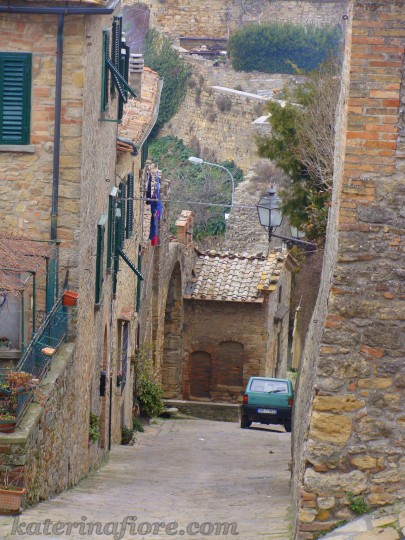
Katie Greenaway is a freelance travel writer and is the Local Expert of Florence for Nile Guide where she also provides the secrets of Florence on her blog. She writes about her life in Florence on her personal blog Olio di Oliva e Sogni di Vino and contributes toMNUI Travel Insurance with travel articles.

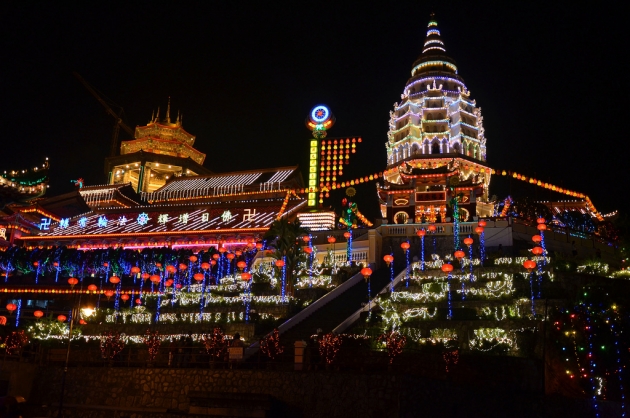
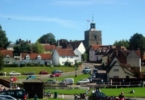

What interesting places to see in Volterra, Katie, especially the oldest town hall in Tuscany. One of the things I love the most about Italy is how old everything is … I always try to imagine what it must have been like “back in the day.” I haven’t seen the movie(s) but isn’t this also the safest place in the world to go if you want to avoid vampire attacks? 😉 he he
PS – I love that you told people to go to the top of the street if they don’t want to pay for admission to the Roman ruins … too funny.
- October 27, 2010